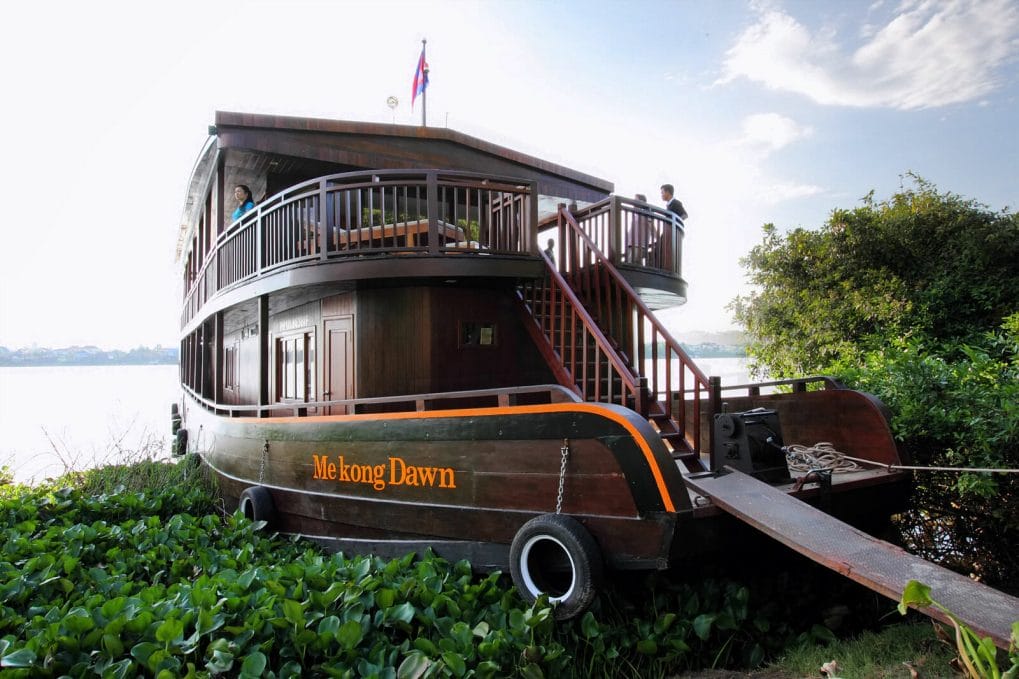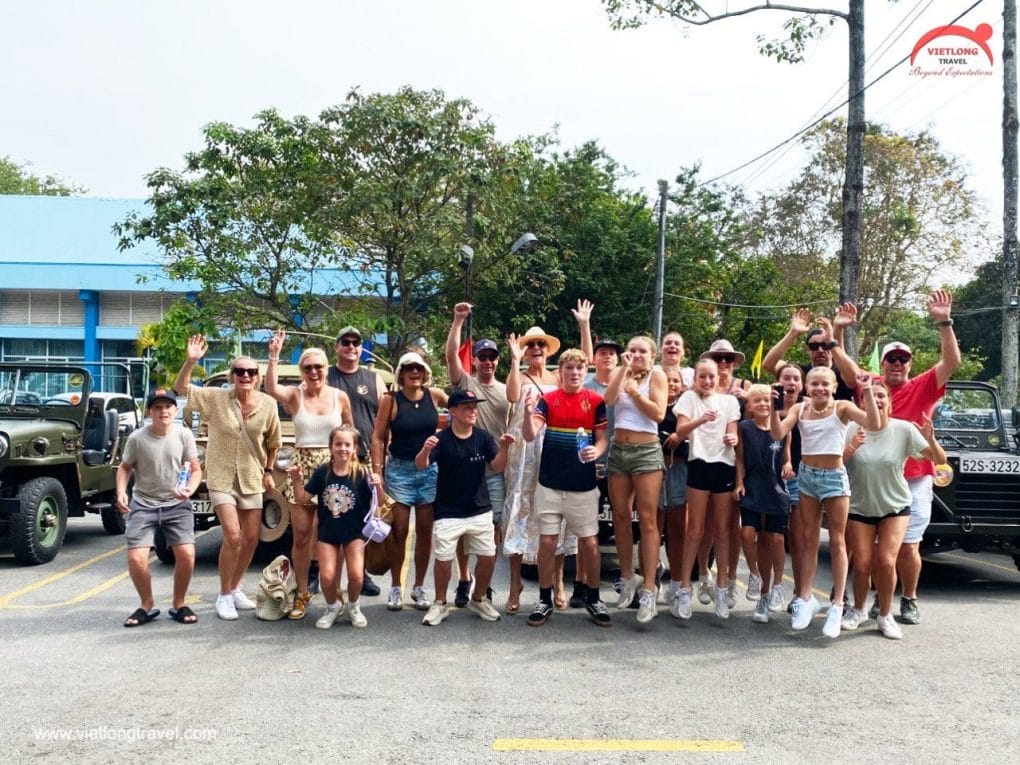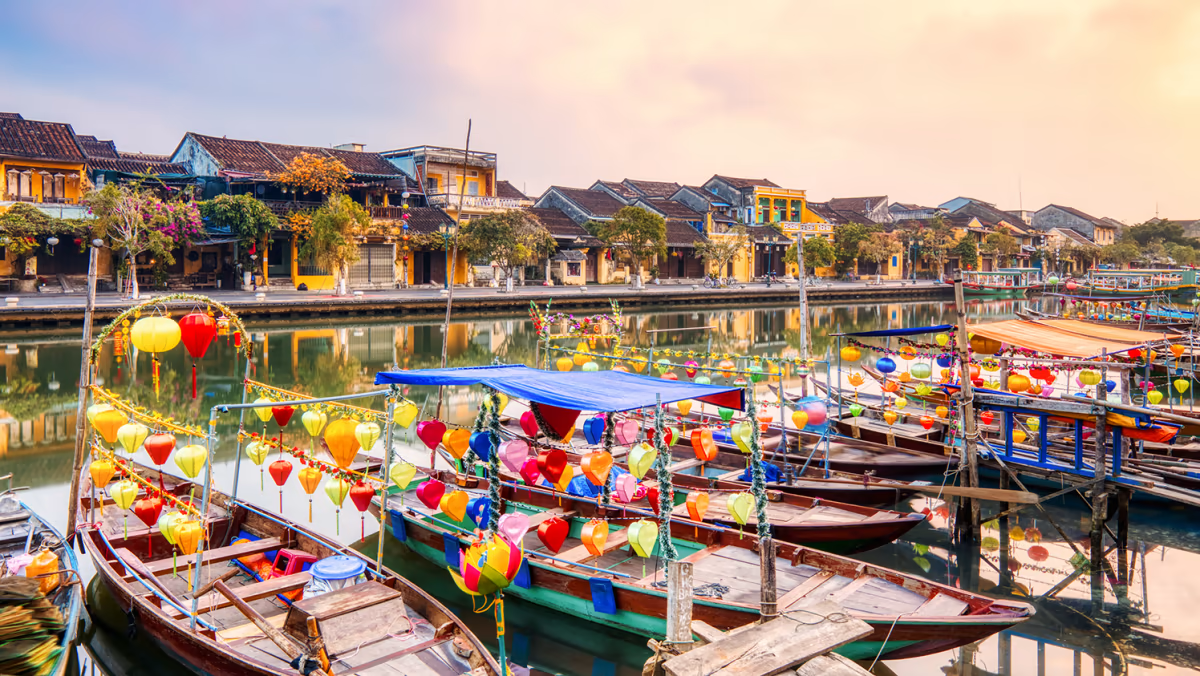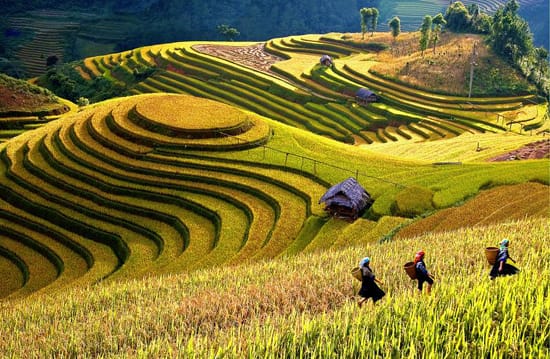Vietnam’s climate is characterized by its diversity, leading to varying rainy seasons across different regions. Understanding these patterns is crucial for travelers planning their visits to ensure a comfortable and enjoyable experience.
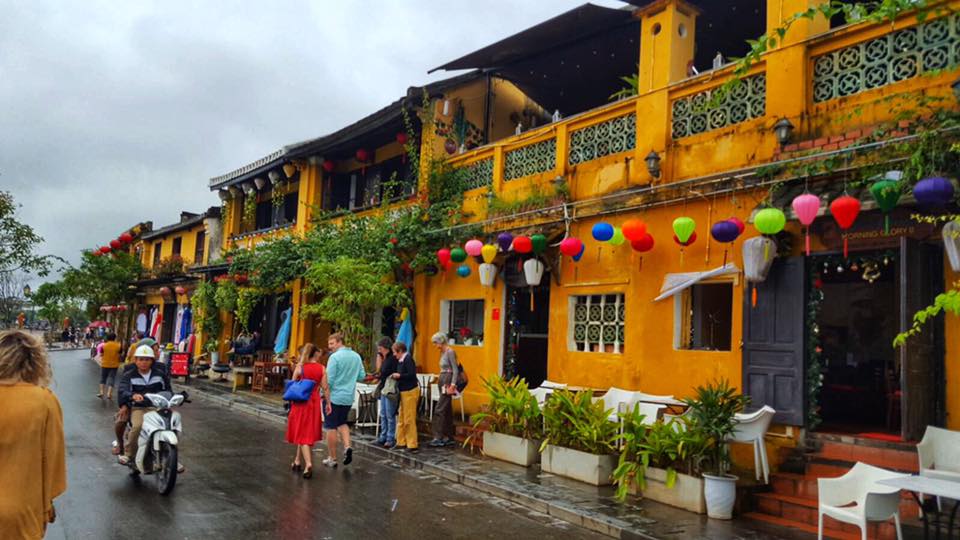
1. Northern Vietnam
In Northern Vietnam, encompassing areas like Hanoi and Ha Long Bay, the rainy season typically spans from May to September. During this period, the region experiences substantial rainfall, with July and August often recording the highest precipitation levels. The combination of high humidity and temperatures can make travel challenging. Conversely, the dry season occurs from October to April, offering cooler and more pleasant weather conditions.
2. Central Vietnam
Central Vietnam, which includes cities such as Da Nang, Hoi An, and Hue, has a distinct rainy season that usually begins in September and extends through December. This region is particularly susceptible to typhoons during October and November, leading to heavy rainfall and potential flooding. Travelers should exercise caution and stay informed about weather forecasts during these months. The dry season here lasts from January to August, with February to May being especially favorable due to moderate temperatures and minimal rainfall.
3. Southern Vietnam
Our Best Selling Tours:
Southern Vietnam, covering areas like Ho Chi Minh City and the Mekong Delta, experiences a rainy season from May to November. Rainfall during this time is typically intense but brief, often occurring in the afternoon. The dry season runs from December to April, characterized by hot and humid conditions, with February to April being the hottest months.
Factors Influencing the Rainy Season
Vietnam’s rainy seasons are influenced by monsoon winds and regional geographical features. The southwest monsoon brings moisture from the Indian Ocean, affecting the southern and central regions, while the northeast monsoon impacts the northern areas. Additionally, the country’s varied topography, including mountains and coastal plains, contributes to the regional differences in rainfall patterns.
Travel Considerations During the Rainy Season
Traveling during the rainy season in Vietnam presents both challenges and unique experiences. While some areas may face heavy rains and potential disruptions, others offer lush landscapes and fewer tourists. It’s essential to plan accordingly:
-
Stay Informed: Regularly check weather forecasts and stay updated on any potential typhoon warnings, especially when visiting central Vietnam during peak typhoon months.
-
Pack Appropriately: Bring waterproof clothing, sturdy footwear, and consider waterproofing your belongings to stay dry during sudden downpours.
-
Plan Flexibly: Be prepared for possible changes in your itinerary due to weather conditions, and have alternative plans in place.
-
Embrace the Experience: The rainy season can offer a different perspective of Vietnam’s beauty, with vibrant green landscapes and a serene atmosphere.
Understanding the start and end of Vietnam’s rainy seasons across its regions is vital for effective travel planning. By aligning your visit with the country’s diverse climate patterns, you can enhance your experience and make the most of what Vietnam has to offer.
Frequently Asked Questions
-
When is the best time to visit Vietnam to avoid the rainy season?
The optimal time to visit Vietnam varies by region. Generally, December to February offers favorable weather nationwide, with minimal rainfall and comfortable temperatures. However, it’s essential to consider regional differences when planning your trip.
-
Are typhoons common in Vietnam?
Yes, particularly in central Vietnam during October and November. These months coincide with the peak of the typhoon season, bringing heavy rainfall and potential flooding. Travelers should monitor weather updates during this period.
-
Is it advisable to travel to Vietnam during the rainy season?
Traveling during the rainy season has its pros and cons. While there may be increased rainfall and potential travel disruptions, the landscapes are lush, and tourist sites are less crowded. With proper planning and flexibility, a trip during this time can be rewarding.
-
How does the rainy season affect transportation in Vietnam?
Heavy rains can lead to flooding, especially in central Vietnam, potentially disrupting transportation services. Roads may become impassable, and flights could face delays. It’s advisable to have contingency plans and stay informed about current conditions.
-
What should I pack if traveling to Vietnam during the rainy season?
Essential items include waterproof clothing, such as rain jackets and ponchos, waterproof footwear, and protective covers for electronics and important documents. An umbrella and quick-drying clothing are also beneficial.
Experience the vibrant beauty of Vietnam with our expertly crafted tours, designed to showcase the best of the country in every season.




